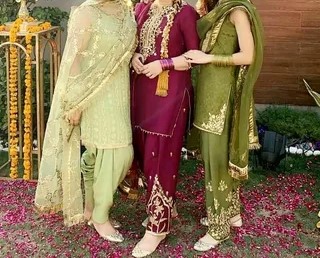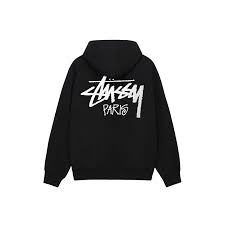Knitwear is more than just a collection of garments; it’s a celebration of craftsmanship, warmth, and style that has captivated people for centuries. From cozy sweaters to elegant accessories, knitwear plays a vital role in wardrobes across the globe. This article explores the diverse styles and techniques of knitwear, its cultural significance, and the growing emphasis on sustainability within the industry.
A Brief History of Knitwear
The origins of knitwear trace back to the Middle East around the 5th century, where the technique was used to create functional garments for warmth and protection. By the Middle Ages, knitting had spread to Europe, evolving into both a necessary craft and a form of artistic expression.
In the 16th century, the invention of the knitting machine revolutionized the production process, making knitwear accessible to the masses. The Industrial Revolution further solidified Knitwear place in fashion, giving rise to iconic pieces like the Irish fisherman’s sweater and Scottish Fair Isle patterns. These garments not only served practical purposes but also showcased the rich cultural heritage of their regions.
Types of Knitwear
Knitwear encompasses a wide array of items, each with distinct features and functions:
- Sweaters: Arguably the most popular form of knitwear, sweaters come in a variety of styles, including crew necks, turtlenecks, and cardigans. They can be crafted from various materials, such as wool, cotton, and synthetic fibers, making them suitable for different climates.
- Scarves and Shawls: These versatile accessories serve both warmth and style. Knitted scarves can range from chunky, textured designs to delicate, lace-like pieces. Shawls often incorporate intricate patterns that highlight the knitter’s skill.
- Hats and Beanies: Essential for colder months, knitted hats provide both warmth and flair. They can feature a variety of designs, including cables, stripes, and pom-poms, making them a popular choice for both functional and fashionable wear.
- Socks: Once merely a necessity, knitted socks have become a fashion statement. They can be made from luxurious materials like cashmere or practical wool, often featuring bold colors and patterns.
- Knit Dresses and Skirts: Recently, knitwear has found its way into high fashion. Designers are using knitting techniques to create elegant dresses and skirts, blending comfort with style.
Techniques in Knitting
Knitting involves various techniques that can dramatically influence the final product:
- Garment Construction: Knitted items can be made from flat pieces sewn together or crafted in a circular manner, allowing for seamless designs.
- Stitch Patterns: Techniques like cabling, lace knitting, and colorwork can create stunning visual effects. For instance, Fair Isle knitting uses multiple colors to produce intricate patterns, while lace knitting employs yarn overs and decreases for airy designs.
- Yarn Selection: The choice of yarn significantly impacts the garment’s appearance and functionality. For example, merino wool is renowned for its softness and breathability, while acrylic is valued for its durability and easy care.
Knitwear in Fashion
Knitwear has firmly established itself in the fashion industry, often showcased on runways by major designers. Seasonal collections frequently highlight knit garments, reflecting contemporary trends while honoring traditional techniques. Brands like Stella McCartney and Gucci are increasingly incorporating sustainable practices into their knitwear lines, using organic and recycled materials to appeal to eco-conscious consumers. This blend of fashion and sustainability is becoming essential, with designers recognizing the need to reduce their environmental impact while still delivering stylish products.
The Movement Towards Sustainable Knitwear
As environmental awareness grows, the Knitwear industry is embracing sustainability. Many brands are prioritizing eco-friendly materials like organic cotton, Tencel, and recycled fibers. This shift reduces the ecological footprint of knitwear production and encourages consumers to invest in high-quality, long-lasting pieces.
There’s also a resurgence of interest in hand-knitting and DIY culture, with individuals creating unique, personalized items. This movement promotes slow fashion, encouraging consumers to appreciate craftsmanship over fast, disposable trends.
Care and Maintenance of Knitwear
To ensure the longevity of knitwear, proper care is essential. Here are some tips to keep your knit garments in top condition:
- Washing: Always check the care label. Many knitwear pieces require gentle washing methods, often by hand or on a delicate cycle.
- Storage: Store knitwear flat rather than hanging to avoid stretching. Use breathable bags to protect against moths and dust.
- Pilling: Over time, pilling can occur on knitted fabrics. Use a fabric shaver to gently remove these pills and keep your garments looking fresh.
Conclusion
Knitwear is a rich tapestry of history, culture, and artistry that continues to thrive in modern fashion. As styles evolve and sustainability becomes a priority, knitwear remains a beloved element of our wardrobes. Whether you’re snuggling into a chunky sweater or draping a delicate shawl over your shoulders, knitwear offers warmth, comfort, and elegance, proving that this age-old craft is as relevant today as ever. By embracing knitwear, we not only invest in fashion but also support a tradition that values craftsmanship and sustainability.



